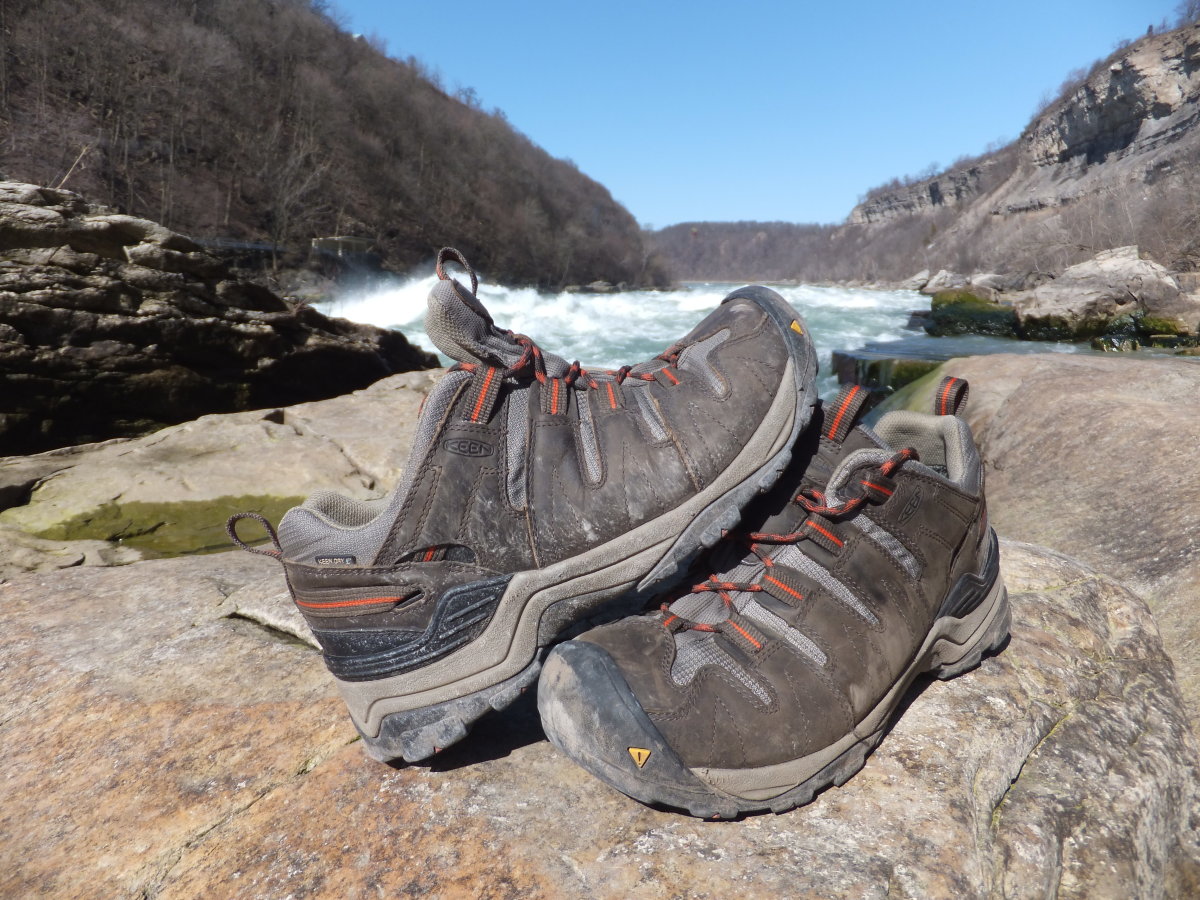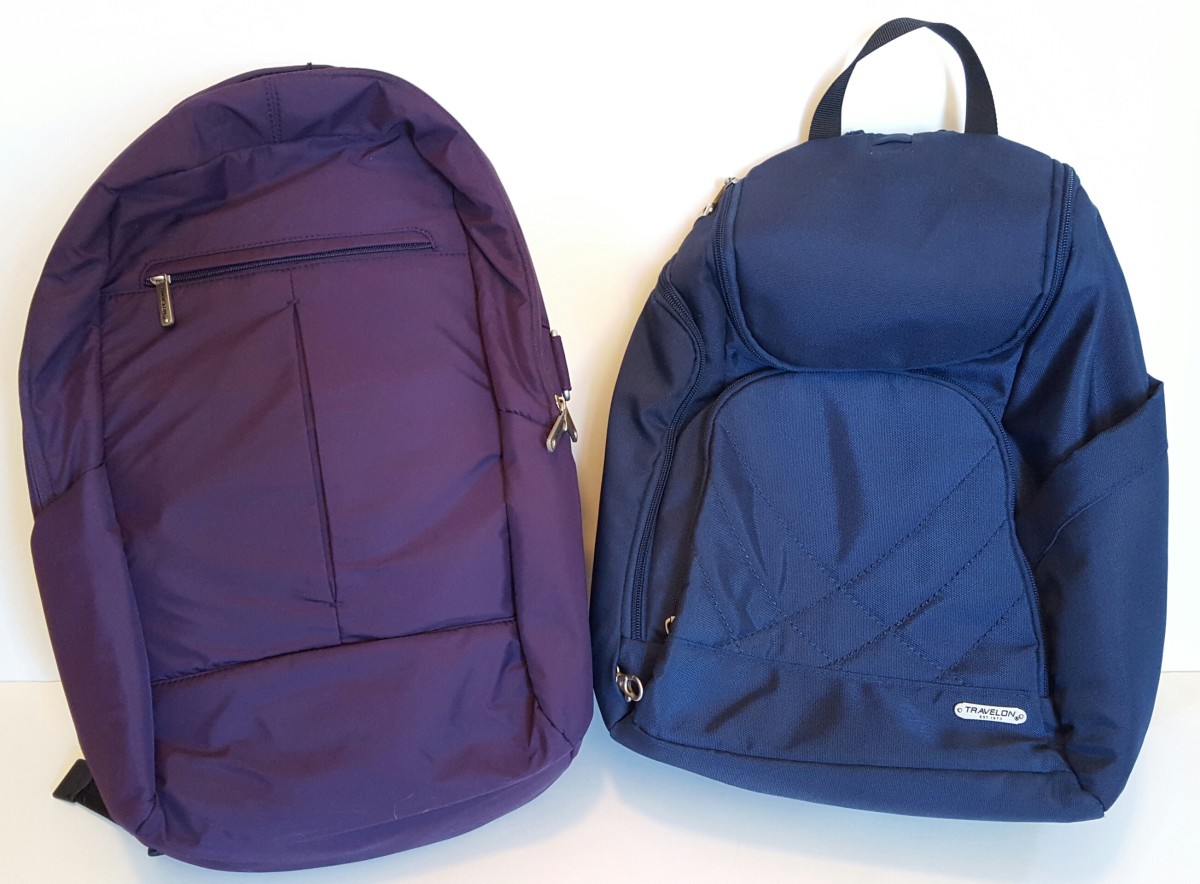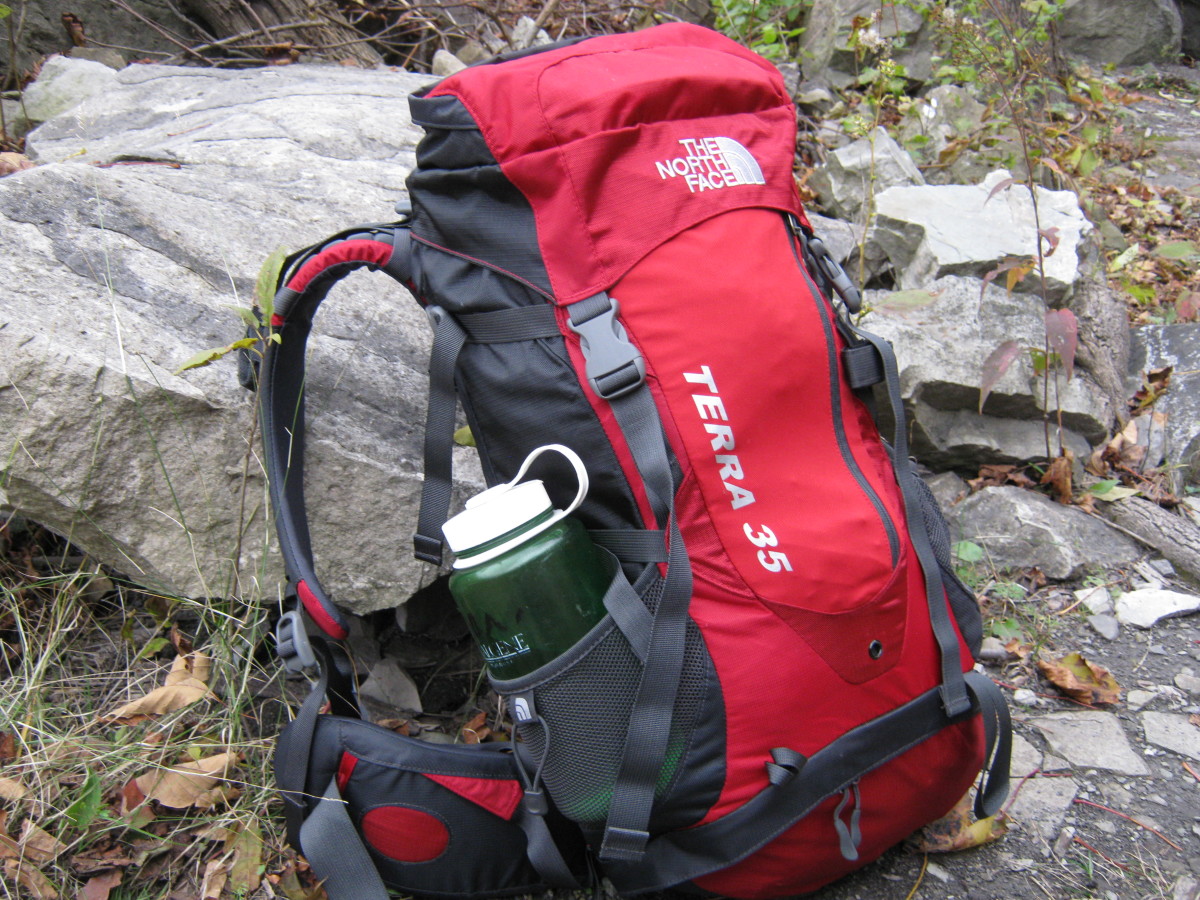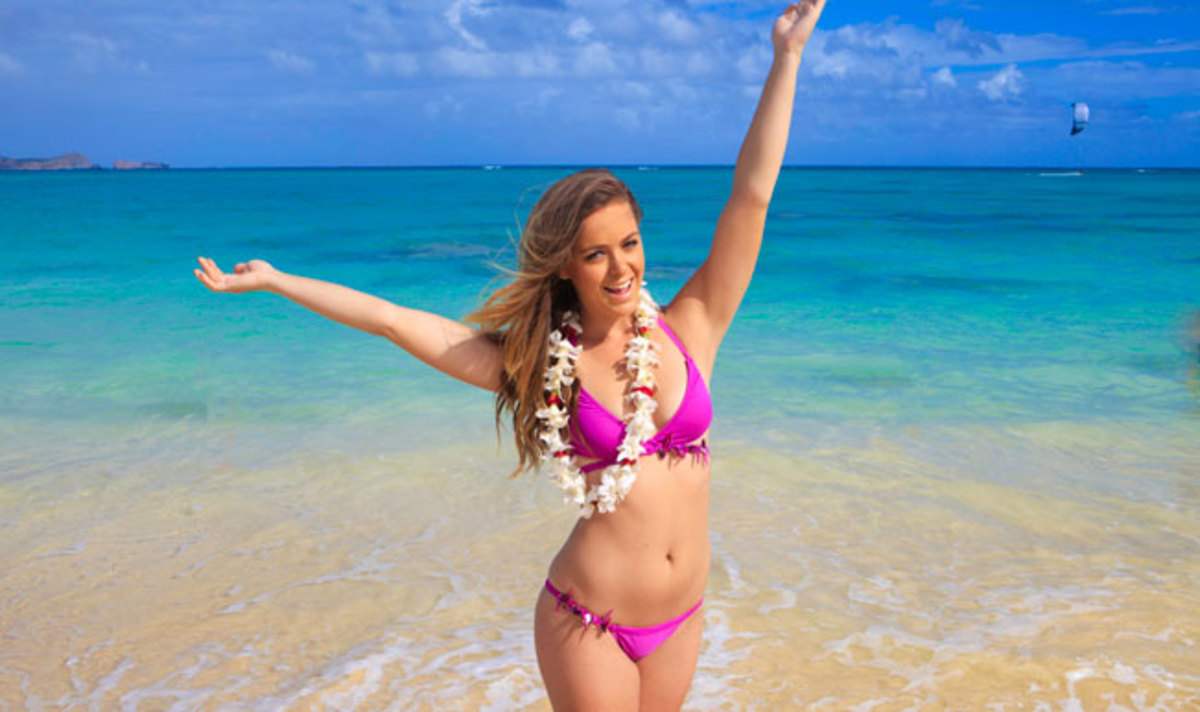How to Buy Backpack
With so many designs and specifications, you will be overwhelmed with choices when buying a backpack. This article will guide you on how to buy a backpack that suits your travel needs irrespective of your budget.
But first, let's look at other travel bag options.
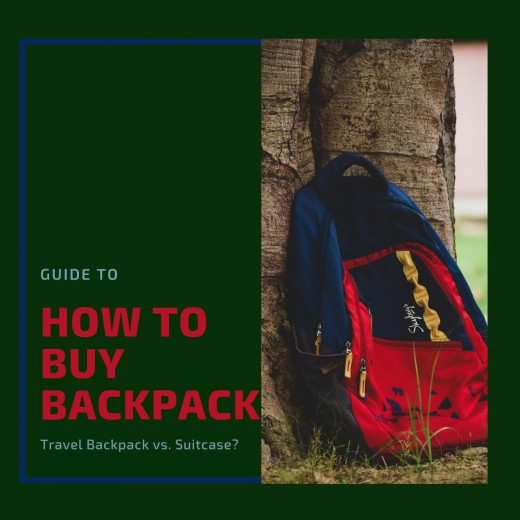
Travel Backpack vs. Suitcase
The usual way to travel is either lugging along a suitcase or a backpack. Which is better depends on your travel and personal requirements.
However, choosing the wrong travel bag will not only waste your money but will also ruin your trip.
So let us have a quick look at the pros and cons of both, travel backpack and suitcase.
Suitcase:
Advantages -
- Good storage space and contents can be easily retrieved.
- Fewer creases on clothes
- Fragile items can be more secure.
Disadvantages -
- You cannot carry into the aircraft cabin.
- If there's no roller you have difficulty carrying the suitcase for an extended period of time.
- If there's no elevator in your hotel, it's not easy to carry your suitcase up to your room floor.
- Suitcases are generally heavier than a backpack.
Backpack:
Advantages -
- Can be stowed in the aircraft overhead compartment (for the smaller backpack).
- If there's no elevator in your hotel, it is a lot easier to carry up the stairs.
- Free up both your hands to do other things.
- Can be used as a pillow if your flight is delayed.
- Ideal if you want to travel light.
- Your travel itinerary can be more impromptu; allowing you to explore areas or shops easily with your backpack on, after checking out of your hotel
Disadvantages -
- It's not big enough to pack more things.
- Can be difficult to lift and get onto your back.
- If you buy the wrong backpack, it can add additional strain to your shoulders and back.
Travel Backpack and Hikers Backpack
There are several types of backpacks available in the market.
They come in different sizes, designs, and features. Many of these backpacks were developed for specific uses and differ greatly in their specifications. If you know some of these basic types and features it will help you select the right backpack for your needs.
One of the most common mistakes made by most people was to buy a backpack designed for hiking and not for travel.
Hiking Backpack
The hiking backpack is designed for hiking and is top-loading. It is a lot bigger in size, compared to a travel backpack. Hence, you cannot store it in the plane overhead bin.
With a top-loading backpack, all of your stuff will pile on top of each other. When you need to get something, you have to take all the stuff out of the bag.
Hiking backpacks also come in various sizes, from 15L to well over 80L.
You may need this extra storage space for your sleeping bags, cooking utensils, etc. when you go hiking.
Comfort Backpack
Your travel backpack must be comfortable. A good travel backpack should have thick but soft padding to buffer its weight, both for the shoulder straps and the back piece. Padding that has large grooves allow air to circulate to keep you cooler.
Other features are the sternum strap and the waist belt. These two additional features will redistribute the bag's weight to your hips, hence relieving some of the burdens off your shoulder and most importantly, your back.
Backpack Material
The ideal material for a travel backpack should be thick, but lightweight and partially rainproof (fully rainproof will cost more!). It must be durable, coated fabric that is tear-resistance. There are so many choices and the price varies. The selection is very personal to suit your preference and budget. So, you need to see and touch it for yourself, before deciding on the material type.
Backpack - Sweaty Back
When you move around especially on the hot summer days, your back gets sweaty. When you buy a travel backpack, choose a lumbar-shaped design that has gaps between the backpack and your back to allow air to move in between. This not only helps keep you slightly cool but will be more comfortable as the weight will be redistributed evenly.
Backpack Zipper Lock
Buy a travel backpack that has two zippers for each compartment and use TSA-approved padlocks to secure them. This reduces the chances of people stealing your stuff.
If your backpack does not have a zipper-lock consider buying Pacsafe which wraps your whole backpack with a metal mesh. You can then lock it even to another bigger item to prevent it from being moved. The downside of using Pacsafe is the additional weight that you will be carrying.
Alternatively, you may buy a backpack cover that is rainproof. This will act as a security cover as well as a rain cover.
Travel Backpack Handle
Finally, look for a travel backpack that has a top or side handle. This can easily load and unload your backpack.
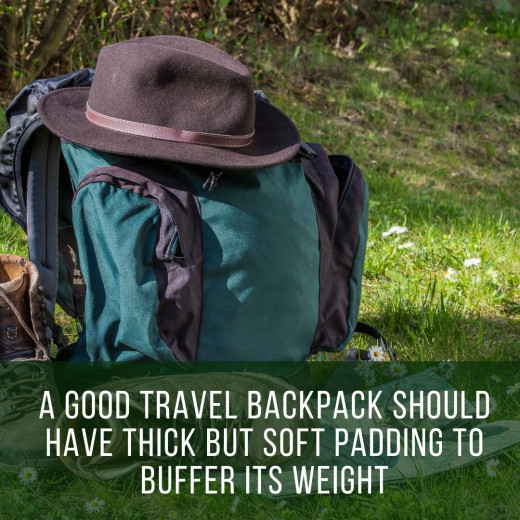
Packing Tip
Pack all your heavy stuff on the upper part of your backpack, next to your spine. This will lessen any back or shoulder pain.
Buying Backpack Online Tip
Before buying backpacks online, it is important that you try them out first.
Go to a shop and try various brands, designs and models. Choose one that best suit your intended travel needs.
Once you have decided on the model, you can then buy them online.
This SwissGear Travel Gear Scansmart Backpack is one of my favorites. It is light, will fit in my 15inch laptop, and can be carried onboard.
Buying a Travel Backpack
Size of Backpack
A travel backpack on the other hand is smaller and usually about 22″ L x 14″ B x 9″ D. With this size, you can take it with you to the aircraft cabin.
There are, however, larger-sized travel backpacks, to cater to travelers who need to carry more stuff and willing to check in their backpack when flying.
Backpack Size Guide
If you plan to buy a travel backpack that is larger than 43L, then choose one that is proportional to your body.
Check for the torso and hip sizes guide on the label. This tells you if it is suitable for your body frame. If you choose a larger backpack, it might not balance properly and will give you back pain. You might even topple over!
Front Loading Backpack
A travel backpack should be front loading. This is similar to a suitcase and gives you easy access to all your things, unlike the top-loading hiking backpack. It also helps to better organize your clothes, toiletries, and any personal items.
Backpack Compartments
Almost all travel backpacks are now sold with several compartments, to help you organize your packing better. You can pack your clothes in the main section and other smaller items in the side pockets.
For a carry-on travel backpack, choose an exterior compartment that is large enough to store a quart-sized bag, to hold your toiletries and other liquid items.
Plan Your Travel
Now that you know how to buy a travel backpack, click here to plan your journey well.
This content is accurate and true to the best of the author’s knowledge and is not meant to substitute for formal and individualized advice from a qualified professional.
© 2012 Razlan Awal

